10 Steps to Reduce Waste in the Kitchen

This post was sponsored by the Carton Council as part of an Ambassador Activation for Influence Central and all opinions expressed in my post are my own.
According to the EPA, the average American produces 4.40 pounds of waste per day. This number seems insanely high to me, but I believe it. If you think about which area in your house produces the most waste on a weekly basis, your kitchen probably comes to mind first. If you’re trying to reduce the amount of waste your household produces then the kitchen is the perfect place to start. Today I’m going to share with you 10 Ways to Reduce Kitchen Waste so that we can all do our part for a brighter, greener future.
Use Cloth
Switching from paper to cloth is a great way to reduce waste in the kitchen. All you have to do is simply stop buying paper towels/napkins and replace them with a reusable cloth alternative. This can be as easy as cutting up old towels and sheets or as fancy as buying all new cloth versions to use. Either way you will be cutting down the amount of waste your kitchen produces and reducing the amount that ends up in the landfill.
Buy in Bulk
Another good way to reduce waste in the kitchen is to buy in bulk. Choose foods that you eat often and have a way to store, then buy the biggest size you need. Buying in bulk reduces packaging and saves you money. If you want to take this tip a step further, then you can bring your own bags and jars to the bulk food section of the grocery store and produce no waste at all!
Bring Your Own Bags
It seems like plastic bags are everywhere. A great way to reduce your use of them is to bring your own reusable bags with you where ever you go and make a pact with yourself not to accept a plastic bag unless it’s absolutely necessary. If you do take plastic bags home with you be sure to take them back to the stores to be recycled or use them as trash bag liners in the bathroom instead of buying new.
Recycle, Recycle, Recycle
An awesome way to reduce waste in the kitchen is to recycle as much as you possibly can. Most people know that things like paper, cardboard, glass and some plastics can be recycled, but do your research and see what else is recyclable.
For example, did you know that food and beverage cartons can and should be recycled? These cartons which are used to package things like soups, broths, milk, juice, coconut water, wine, tomato juice, creamer and beans are recycled into other paper products or chemical free environmentally friendly building materials.
Curbside carton recycling is available to more than 62% of U.S. households and access continues to grow every day. To check if carton recycling is available in your area, you can use the zip code locator on the Carton Council Website or check with your local program. Also, watch the video below to see for yourself how these cartons are recycled.
Choose Eco-Friendly Packaging
Once you become familiar with what is recyclable in your area, you can learn how to choose the most eco-friendly packaging available. Look for products packaged in recycled materials or those that are reusable, recyclable or biodegradable.
Only Buy What You Need
You can pretty much get whatever food you want whenever you need it in our society, but it’s wise to practice self-control and only buy what you need and will definitely use. You should be meal planning around what you already have in the house and then only adding those items that you need to fill in the gaps. Also, don’t shop when you are hungry or emotional because you will probably make lots of impulse purchases that will go to waste.
Store Food in Reusable Containers
I’m sure you’re used to using plastic wrap, foil and zip lock bags, but you may want to consider alternative storage solutions in order to reduce the amount of waste that you produce. Think about using alternatives such as reusable jars, wraps, bags and containers to store your food.
Grow Your Own Food
Another great way to reduce the amount of waste in the kitchen is to grow your own food. Growing your own food produces almost no waste and gives you fresh, healthy and in season produce to feed to your family. It’s really a win-win and one of my personal favorite ways to reduce waste.
Preserve Your Own Food
Another tip that goes along with growing your own food is to preserve your own food. If you have a bowl full of fresh cucumbers from the garden then learn how to turn them into homemade pickles or if you have lots of tomatoes, learn how to make your own sauce or juice with them. Canning, dehydrating, fermenting and freezing are great ways to reduce waste and preserve what you grow. Always be sure to use safe canning and preserving practices to ensure safety for you and you family.
Donate or Barter
My last tip for today is to donate or barter what you don’t need or want. Maybe you made too much soup and are tired of eating it, but your mom or neighbor would appreciate it. Maybe you grew too much produce and want to trade your neighbor who has chickens for eggs. Get creative and either give away or trade your extra or unwanted resources instead of letting them go to waste.
I hope these tips will inspire you to get into your kitchen and become more eco-friendly. What would you add to the list? I’d love to know!

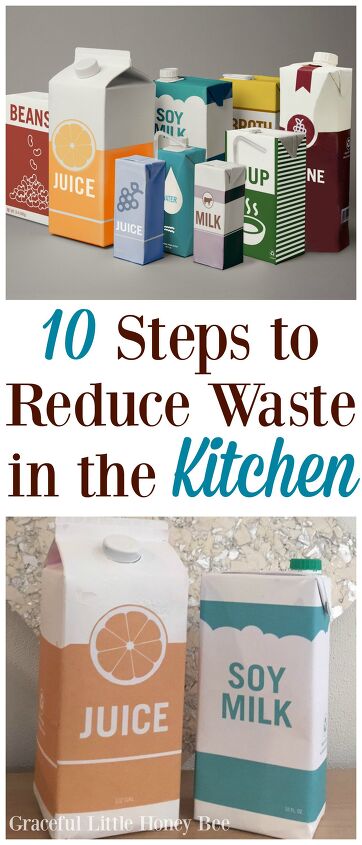

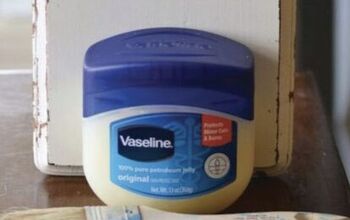



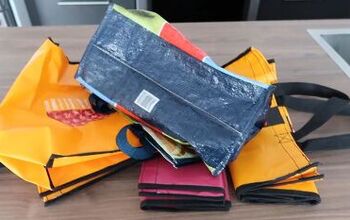

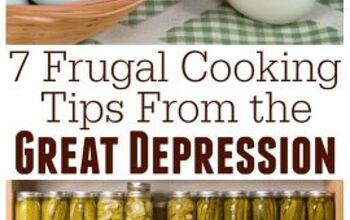


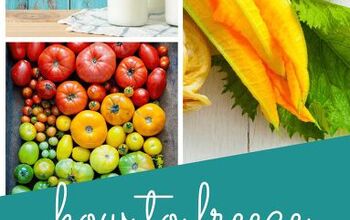

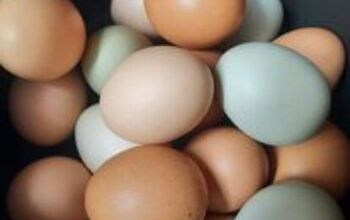
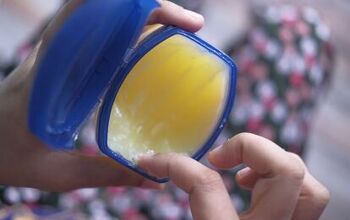


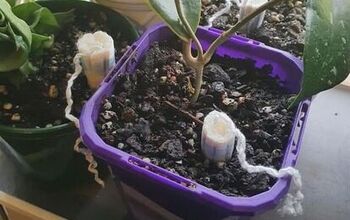
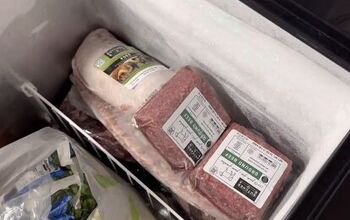

Comments
Join the conversation